Why Tomato Is Costly in India?
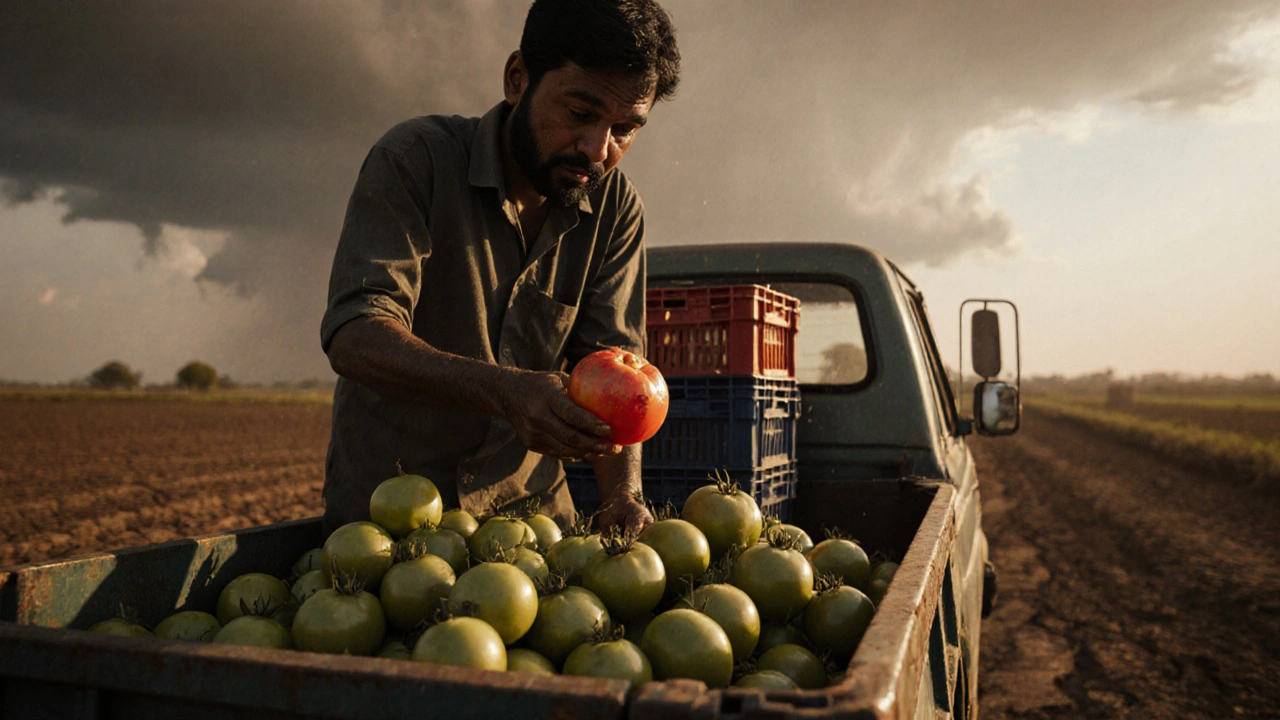
Why Tomato Is Costly in India?
Tomato Price Breakdown Calculator
Price Breakdown
Only 0% of your ₹0 goes directly to the farmer
Every monsoon, Indian households brace for the same surprise: tomato prices jump by 200%, 300%, sometimes even 500%. You walk into the local market and find a kilo of tomatoes costing more than a liter of milk. It’s not just inflation. It’s not just greed. It’s a broken system - one that starts in the fields and ends on your kitchen counter.
Tomato Is a Staple, Not a Luxury
India grows over 20 million tonnes of tomatoes every year - the second-largest producer in the world after China. You’d think that means cheap tomatoes. But here’s the truth: the more you grow, the more you lose. Around 30% of India’s tomato crop rots before it ever reaches a market. That’s not bad weather. That’s bad logistics. Farmers harvest tomatoes green, pack them in open trucks, and drive for hours under the sun. By the time they hit the wholesale market, half are already soft, bruised, or moldy.
Tomatoes aren’t like rice or wheat. They’re perishable. They need cold storage. They need quick transport. But India’s cold chain infrastructure? It’s patchy at best. Only 10% of perishable produce has access to proper refrigerated transport. The rest? It’s a race against time - and most lose.
Monsoon Chaos
India’s tomato harvest peaks between October and December. That’s when monsoon rains hit hard. Fields flood. Plants drown. Fruit splits open. Farmers can’t pick tomatoes fast enough before they rot on the vine. In 2023, Andhra Pradesh and Karnataka lost nearly 40% of their tomato crop to heavy rains. That’s not a small dip. That’s a supply shock.
When supply drops, prices spike. And since tomatoes are bought daily by millions of households - from street vendors to five-star hotels - demand doesn’t drop. It stays stubbornly high. So when there’s less to go around, the price doesn’t just rise. It explodes.
Middlemen Take the Cut
Here’s where it gets ugly. A farmer in Telangana might sell a kilo of tomatoes for ₹15. By the time it reaches a consumer in Delhi, the same kilo costs ₹80. Where does the ₹65 go? Mostly to middlemen. There are layers - village traders, local wholesalers, city distributors, cart vendors. Each takes a cut. And none of them bear the risk of spoilage. Only the farmer does.
India’s agricultural market is still stuck in a 19th-century model. Farmers have no direct access to buyers. They’re forced to sell to licensed traders who control the mandis (wholesale markets). These traders hold inventory, set prices, and sometimes even hoard stock to drive prices up. There’s no transparency. No competition. Just power.
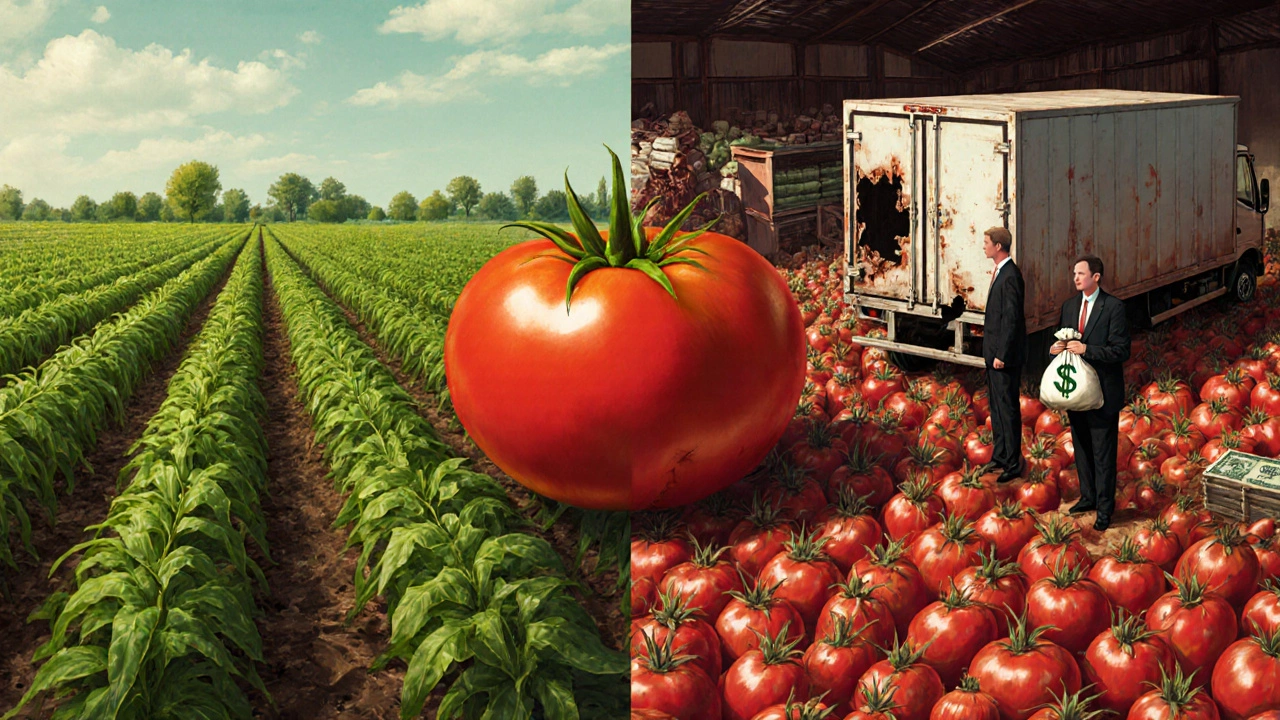
Input Costs Are Rising
Even if you manage to grow tomatoes, the cost to do so is climbing. Fertilizer prices jumped 50% between 2022 and 2024 after global supply chains broke down. Diesel for tractors? Up 30%. Labor? Farmers now pay ₹500-700 per day to hire pickers - double what they paid five years ago.
And then there’s water. Tomato plants need steady irrigation. But groundwater levels are falling across Maharashtra, Karnataka, and Tamil Nadu. Farmers are forced to dig deeper wells. Install expensive drip systems. Pay more for electricity to pump water. All of that gets added to the final price.
Climate Change Isn’t a Future Threat - It’s Here
Tomatoes thrive between 20°C and 28°C. But in parts of India, summer temperatures now regularly hit 42°C. At that heat, flowers drop. Fruit doesn’t set. Plants stop producing. In 2024, farmers in Rajasthan reported 60% lower yields because of heat stress. No one talks about this enough. But climate change isn’t just about droughts and floods. It’s about tomatoes that won’t ripen.
Even the pests are changing. Whiteflies and fruit borers are appearing earlier and in bigger numbers. Pesticides used to work. Now, they’re less effective. Farmers spray more often - spending more money and risking chemical residue on the fruit. The cost? Passed on to you.
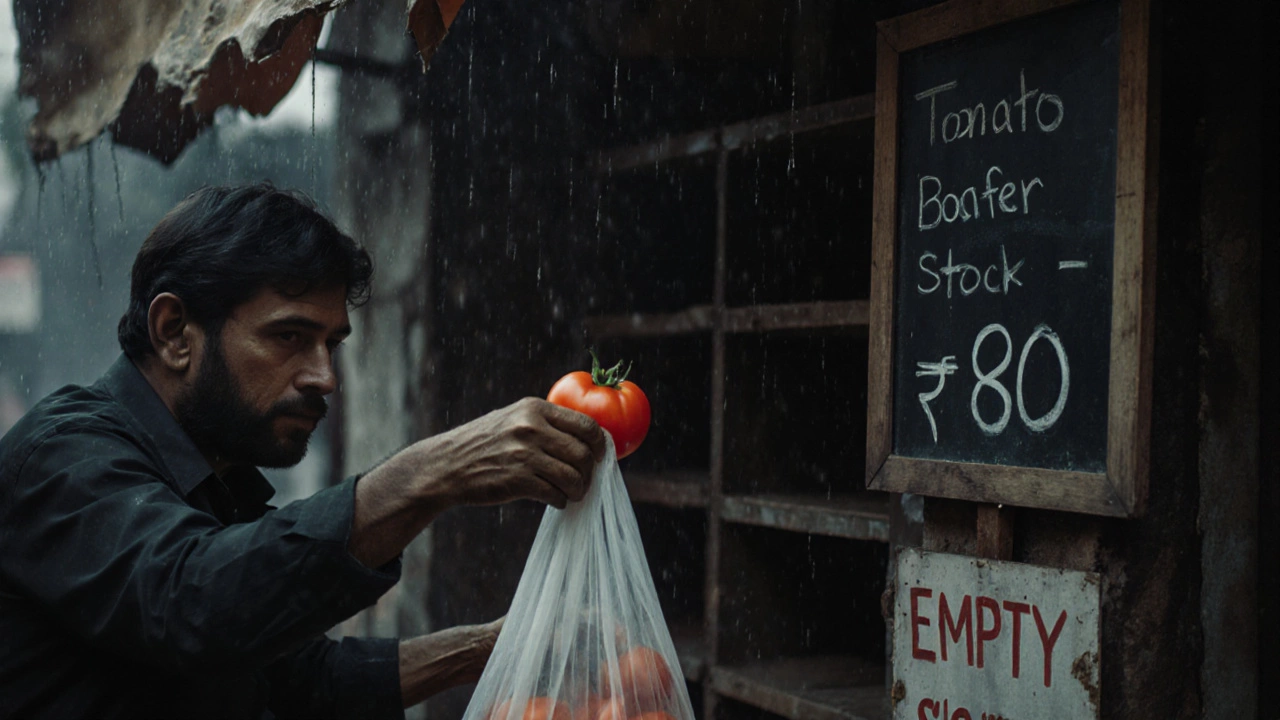
Why Doesn’t India Just Import More?
You’d think importing tomatoes from Turkey, Egypt, or the U.S. would help. But it doesn’t. India imposes high import duties on tomatoes - sometimes over 100% - to protect local farmers. It sounds fair. But here’s the catch: the protection doesn’t help small farmers. It helps big traders who control the domestic supply. Importing would flood the market with cheaper tomatoes and break the cartel. So the government blocks it.
Meanwhile, countries like Israel and the Netherlands grow tomatoes in climate-controlled greenhouses. They use hydroponics. They harvest year-round. They ship in refrigerated containers. Their tomatoes cost half as much. But India’s system isn’t built for efficiency. It’s built for control.
What Can Be Done?
There are fixes - but they need political will, not just good ideas.
- Build cold chains. Every district needs refrigerated warehouses and transport. The government has promised this for years. Progress? Slow.
- Let farmers sell online. Platforms like eNAM (Electronic National Agricultural Market) exist - but barely used. Farmers need training, smartphones, and trust to bypass middlemen.
- Support protected cultivation. Greenhouses and net houses reduce losses by up to 70%. But they cost ₹5-10 lakhs to build. Most farmers can’t afford it. Subsidies are too small.
- Price stabilization funds. When prices spike, the government should release stock from buffer reserves. But they rarely do - and when they do, it’s too little, too late.
Some states are trying. Maharashtra launched a tomato price stabilization scheme in 2023. They bought surplus from farmers at ₹25/kg and sold it at ₹40/kg in urban markets. It helped - for a few months. Then funding ran out.
It’s Not Just About Tomatoes
This isn’t a tomato problem. It’s a food system problem. The same pattern repeats with onions, potatoes, and chilies. India produces enough food. But it wastes too much, moves it too slowly, and lets too many people profit from scarcity.
When you pay ₹120 for a kilo of tomatoes, you’re not just paying for the fruit. You’re paying for broken roads, idle cold rooms, corrupt middlemen, and climate chaos. And you’re paying for a system that refuses to change.
The next time you see a tomato price shock, don’t blame the vendor. Blame the system. And ask: who’s really in control here?
Why do tomato prices spike every year in India?
Tomato prices spike every year because of seasonal monsoon rains that destroy crops, poor cold chain infrastructure that leads to massive spoilage, and a supply chain dominated by middlemen who control pricing. Harvest peaks in October-December, and when weather disrupts it, supply drops fast while demand stays high. This creates immediate price surges.
Is India importing tomatoes to lower prices?
India rarely imports tomatoes because it imposes heavy import duties - sometimes over 100% - to protect domestic farmers. But this policy mainly benefits large traders, not small growers. Importing cheaper tomatoes from countries like Turkey or the Netherlands would lower prices, but political pressure keeps those imports blocked.
How much of India’s tomato crop is wasted?
Around 30% of India’s tomato crop rots before reaching consumers. This is due to lack of refrigerated transport, poor storage, and slow movement from farms to markets. In flood-affected regions like Andhra Pradesh or Karnataka, losses can hit 40% during heavy monsoons.
Why don’t farmers use greenhouses to avoid losses?
Greenhouses and net houses can reduce tomato losses by up to 70%, but they cost ₹5-10 lakhs to build. Most small farmers can’t afford that upfront investment. Government subsidies exist but are too limited and slow to reach those who need them most.
Does climate change affect tomato yields in India?
Yes. Rising temperatures - often above 40°C - cause tomato flowers to drop and fruit to fail to set. In Rajasthan and parts of Telangana, heat stress has cut yields by up to 60% in recent years. Pests like whiteflies are also appearing earlier and more aggressively, forcing farmers to spend more on pesticides.
Fixing tomato prices won’t happen overnight. But it starts with understanding why they’re so high - and who benefits from keeping them that way. Until then, every ₹120 tomato you buy is a reminder of a broken system.
About
Gardener Support India is your go-to online destination for expert advice on gardening and horticultural services in India. Whether you're a beginner or an experienced gardener, our platform offers extensive resources, tips, and support tailored to Indian climates and plant species. Explore a wide range of guides on plant care, sustainable gardening practices, and innovative gardening solutions. Connect with local experts to enhance your gardening experience and maintain a flourishing garden. Our dedicated services aim to empower Indian gardeners with the knowledge and tools needed for a successful gardening journey.
Latest Posts
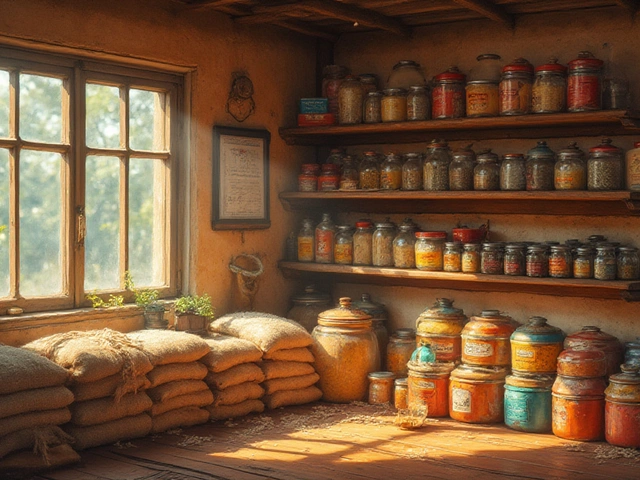

Best Outdoor Plant for the Lazy Gardener: Bougainvillea
By Alden Thorne Mar 21, 2025
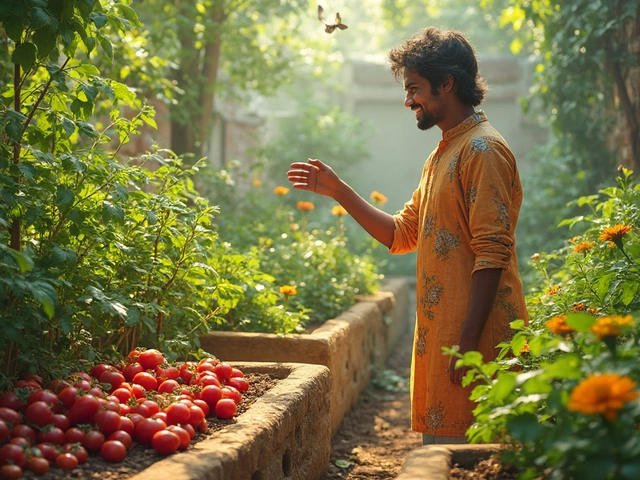
Vegetables That Grow Well Next to Each Other: Smart Pairings for a Healthy Garden
By Alden Thorne May 13, 2025
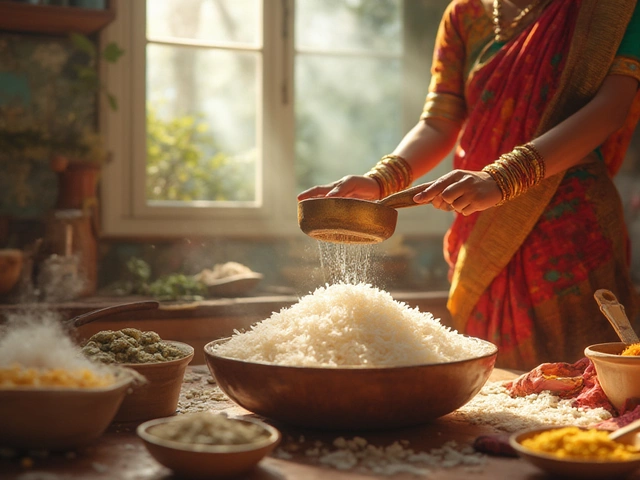
How Much Rice Does 1 Cup Make? Unpacking Dry to Cooked Ratios for Perfect Meals
By Alden Thorne Jul 20, 2025

Write a comment